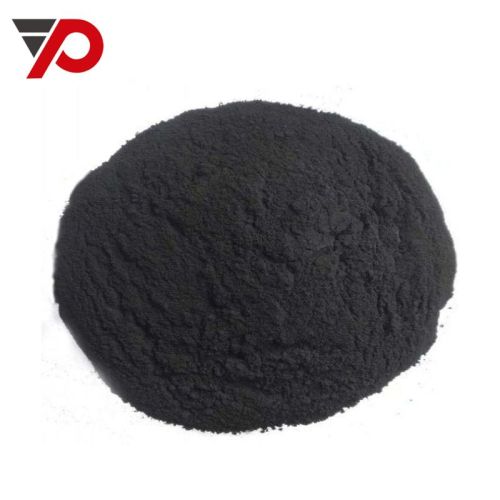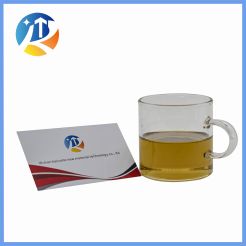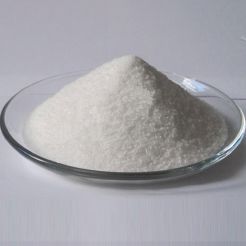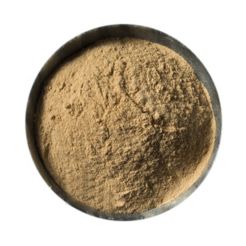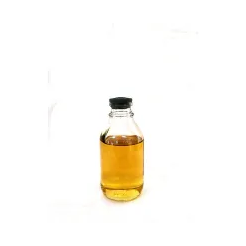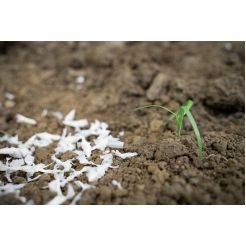powdered activated carbon
Product Description
https://www.recarburizers.com/products/coal-based-activated-carbon-with-powder.html
Coal-based Activated Carbon with Powder
Powdered activated carbon (PAC) is a fine black powder that is produced by heating carbon-rich materials, such as coal, wood, or coconut shells, in the absence of air to create activated carbon. PAC is widely used in various applications, including water treatment, air purification, gas processing, and industrial processes.
Powdered activated carbon (PAC) is a fine black powder that is produced by heating carbon-rich materials, such as coal, wood, or coconut shells, in the absence of air to create activated carbon. PAC is widely used in various applications, including water treatment, air purification, gas processing, and industrial processes.
In water treatment, PAC is added to the water to remove organic contaminants, such as pesticides, solvents, and pharmaceuticals, as well as taste and odor-causing compounds. The PAC particles attract and adsorb these contaminants, effectively removing them from the water. PAC is also used in wastewater treatment to remove dissolved organic compounds and color from the wastewater.
In air purification, PAC is used to remove pollutants, such as volatile organic compounds (VOCs), from the air. The PAC particles adsorb these pollutants, effectively reducing their concentration in the air.
PAC is also used in gas processing to remove impurities, such as hydrogen sulfide, from natural gas and biogas. Additionally, PAC is used in various industrial processes, such as catalysis, filtration, and decolorization.
Key features of powdered activated carbon include:
High surface area: Powdered activated carbon has a very high surface area, typically ranging from 500 to 1500 square meters per gram. This high surface area allows for a large amount of adsorption to take place, making PAC highly effective at removing contaminants from water, air, and gases.
Porous structure: PAC has a highly porous structure, with numerous small pores and channels that allow for adsorption of contaminants. The pores are typically between 10 and 100 angstroms in size, which is small enough to capture even very small particles.
High adsorption capacity: Powdered activated carbon has a high adsorption capacity for a wide range of contaminants, including organic compounds, volatile organic compounds, and odors.
Versatility: PAC can be produced from a wide range of carbon-rich materials, including coal, wood, and coconut shells. This versatility allows for PAC to be produced from renewable resources and can be tailored to specific applications.
Easy to handle: Powdered activated carbon is easy to handle and can be added directly to water or gas streams for treatment. It can also be easily regenerated by heating, which allows for multiple uses.
Cost-effective: PAC is a cost-effective treatment option for many applications, with low capital and operating costs compared to other treatment methods.
Powdered activated carbon (PAC) has a wide range of applications in various industries.
